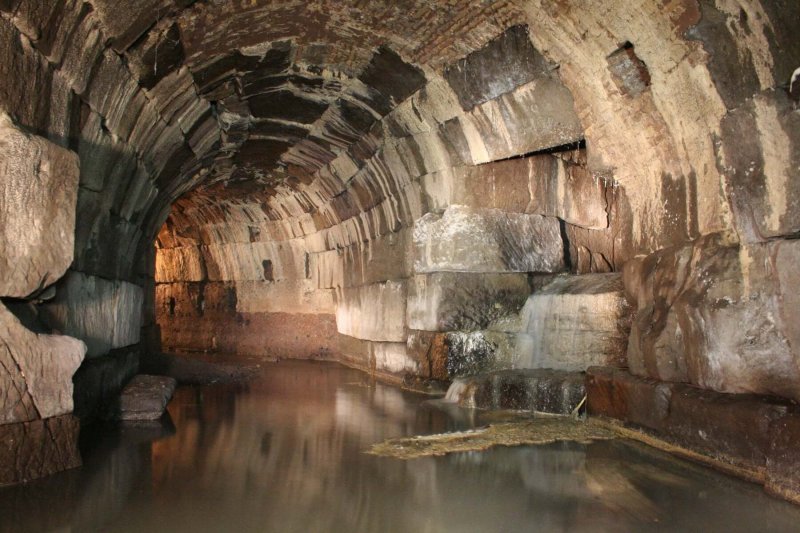If there’s one thing we have in common with our ancestors, it’s that they were just as dismayed with their excrement as we are with ours…. So, as humanity grew, the sewage systems began to grow, too.
The Minoans commonly used ceramic pipes, shaping the pipe ends so that the pieces fit tightly into each other. The pipes’ upper parts had openings covered by ceramic lids, allowing for cleaning. Just like our modern plumbing, the Minoan pipes occasionally clogged, so the underground sewers came equipped with manholes for cleaning, maintenance, and ventilation and were built large enough for service workers to enter them.
The Harappan civilization that flourished in the Indus Valley, also built an impressive sewage system for its time.
…
Unlike the Minoans and the Harappans, the city of Rome had to clean up after about a million people, so small, wood-covered gutters wouldn’t do. With 10 times more inhabitants than Knossos had at its height, and thus producing 10 times more waste, totaling 500 tons a day, the Romans had to construct a truly colossal sewer system. They built the Greatest Sewer, or Cloaca Massima, named after the Roman goddess Cloacina—the Cleanser, from the Latin verb cluo, meaning “to clean.”































